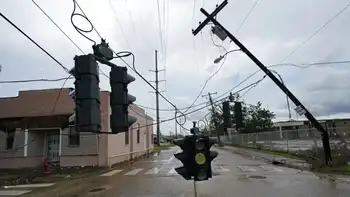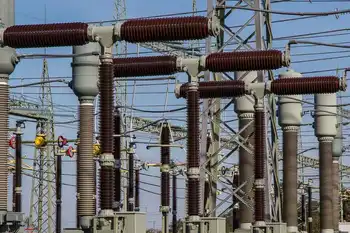Minnesota Signs Deal With Manitoba Hydro
WINNIPEG -- - The Minnesota Public Utilities Commission has unanimously approved a $1.7 billion power export deal with Manitoba Hydro.
It allows Minneapolis-based Xcel Energy to import power from Manitoba Hydro, despite the objections of aboriginal groups.
The 500-megawatt, 10-year deal was given the go-ahead.
It's an extension of an existing deal and will allow power to be exported until 2015.
Approval by Canada's National Energy Board is pending.
The Minnesota decision is a blow to the Pimicikamak Cree Nation of Cross Lake, Manitoba. They had asked the commission to first call a formal hearing into the social and economic impact of historic hydro development on their homeland.
Related News

Electricity restored to 75 percent of customers in Puerto Rico
PUERTO RICO - Puerto Rico Power Restoration advances as PREPA, FEMA, and the Army Corps rebuild the grid after Hurricane Maria; 75% of customers powered, amid privatization debate, Whitefish contract fallout, and a continuing island-wide boil-water advisory.
Key Points
Effort to rebuild Puerto Rico's grid and restore power, led by PREPA with FEMA support after Hurricane Maria.
✅ 75.35% of customers have power; 90.8% grid generating
✅ PREPA, FEMA, and Army Corps lead restoration work
✅ Privatization debate, Whitefish contract scrutiny
Nearly six months after Hurricane Maria decimated Puerto Rico, the island's electricity has been restored to 75…




